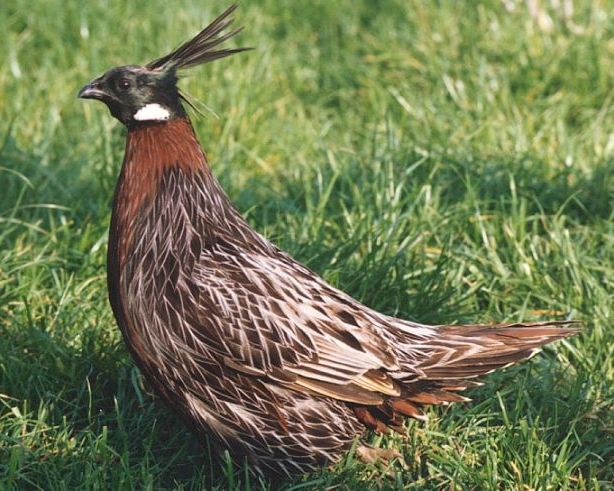
Koklass
Koklass Pheasant (Pucrasia macrolopha) in the Great Himalayan National Park
The Koklass Pheasant (Pucrasia macrolopha) is one of the most iconic bird species found in the Great Himalayan National Park (GHNP), Himachal Pradesh. This bird, known for its elusive nature and resonant calls, is a symbol of the park’s rich avian biodiversity. Despite being termed a “pheasant,” the Koklass is more closely related to monals and tragopans than to true pheasants. It plays a vital ecological role in the Himalayan forest ecosystem.
Physical Description and Vocalization
Male Koklass Pheasants are striking in appearance, with a metallic green crown and nape, white cheeks, and dark greyish-brown plumage with barred patterns. Females are less showy but perfectly camouflaged to nest on the ground. One of the most notable features of the species is its loud, resonating call — a series of sharp “kok-kok-kok” notes that carry through the valleys, especially during the early morning hours.
This vocalization is not only important for mating and territorial defense but is also a familiar soundscape in GHNP’s upper forest zones, giving birdwatchers a rare auditory thrill.
Preferred Habitat in GHNP
Within the Great Himalayan National Park, Koklass Pheasants are most commonly observed between 1,800 and 3,200 meters elevation, in temperate and subalpine forests dominated by oaks, conifers, and rhododendrons. These birds are particularly sensitive to human disturbances, making GHNP’s protected core zone ideal for their breeding and survival.
They nest in well-concealed ground scrapes, often beneath thick underbrush or fallen logs. The dense vegetation not only hides them from predators but also provides a rich foraging ground.
 Koklass
Koklass
Feeding and Behavior
Koklass Pheasants are ground foragers. Their diet is omnivorous, including seeds, berries, tubers, insects, grubs, and worms. This diet makes them key players in the ecosystem by helping with seed dispersal and insect population control. Despite their strong legs and ability to run quickly, they are also capable of rapid, vertical flight to escape predators when startled.
They are mostly solitary or found in pairs, especially outside the breeding season. Their shy and secretive behavior makes sightings in the wild rare but highly rewarding.
Conservation Status and Threats
The Koklass Pheasant is listed as Least Concern by the IUCN, but its population is declining in unprotected areas due to deforestation, grazing, and poaching. The Great Himalayan National Park offers a vital sanctuary free from such pressures. As a bioindicator species, their healthy presence signals the well-being of the forest ecosystem.
Ecotourism and Significance
For birdwatchers and nature lovers visiting GHNP, hearing the Koklass Pheasant is often easier than seeing it. However, patient observation at dawn or dusk in quieter areas of the park — particularly in the Sainj and Tirthan valleys — can reward visitors with a rare glimpse.


